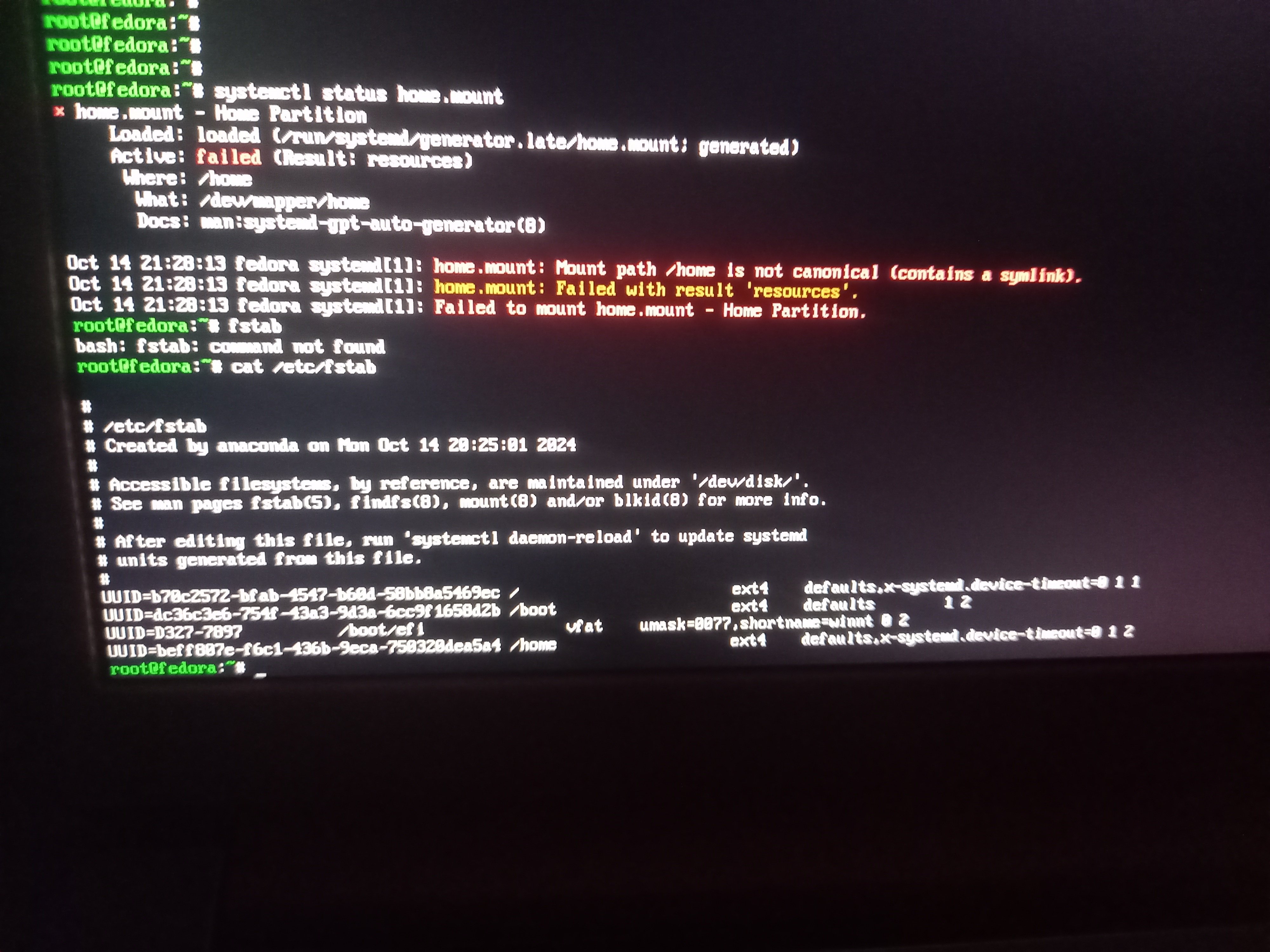this post was submitted on 14 Oct 2024
58 points (98.3% liked)
Linux
51155 readers
1381 users here now
From Wikipedia, the free encyclopedia
Linux is a family of open source Unix-like operating systems based on the Linux kernel, an operating system kernel first released on September 17, 1991 by Linus Torvalds. Linux is typically packaged in a Linux distribution (or distro for short).
Distributions include the Linux kernel and supporting system software and libraries, many of which are provided by the GNU Project. Many Linux distributions use the word "Linux" in their name, but the Free Software Foundation uses the name GNU/Linux to emphasize the importance of GNU software, causing some controversy.
Rules
- Posts must be relevant to operating systems running the Linux kernel. GNU/Linux or otherwise.
- No misinformation
- No NSFW content
- No hate speech, bigotry, etc
Related Communities
Community icon by Alpár-Etele Méder, licensed under CC BY 3.0
founded 5 years ago
MODERATORS
you are viewing a single comment's thread
view the rest of the comments
view the rest of the comments

@dustyData @evasync I've been working with Linux since 1992, I have a better idea of how I want my disks laid out then an installer script.
Sorry, I was not replying to you (not an insult). I assume you are interacting from Mastodon from the format of the comment, and getting pinged on replies to other comments (?). I mean, you do you, absolutely not going to diss people who want absolute control over their system. But immutable distros are fundamentally an entirely philosophically different approach from how traditional Linux distros have been packaged and managed in the past. That said, I didn't make the installers, I'm just reporting what has been my recent experience toying with immutable distros. The whole point is to automate as much as possible of the deployment and management of an OS, and do the least amount of tedious manual troubleshooting. If you don't like that, all the other distros are still there, they haven't gone anywhere. The current recommendation for Fedora Atomic based distros is to use specialized tools like Universal Blue that allows the user absolute freedom to deterministically configure a Fedora install that results in an immutable OS. And the installer is actually pretty flexible to let you choose how you want the disks laid out. But, the idea is that you should let the installer do its job, that's for what it was made. If you want to do everything by hand just use Arch, that's what Arch is for.